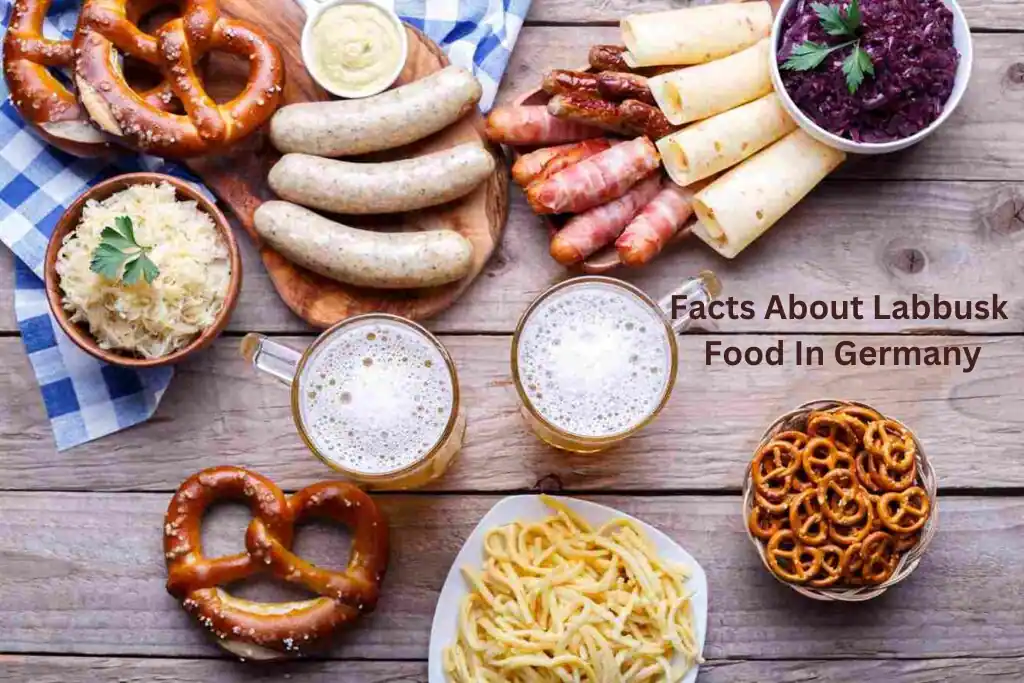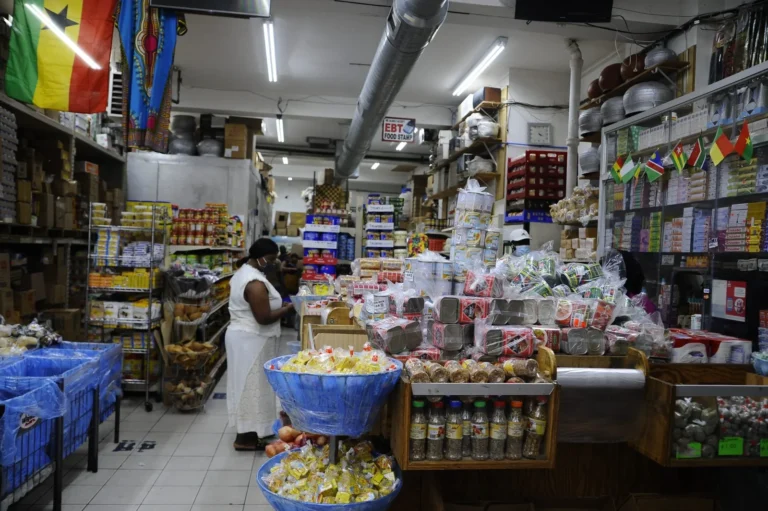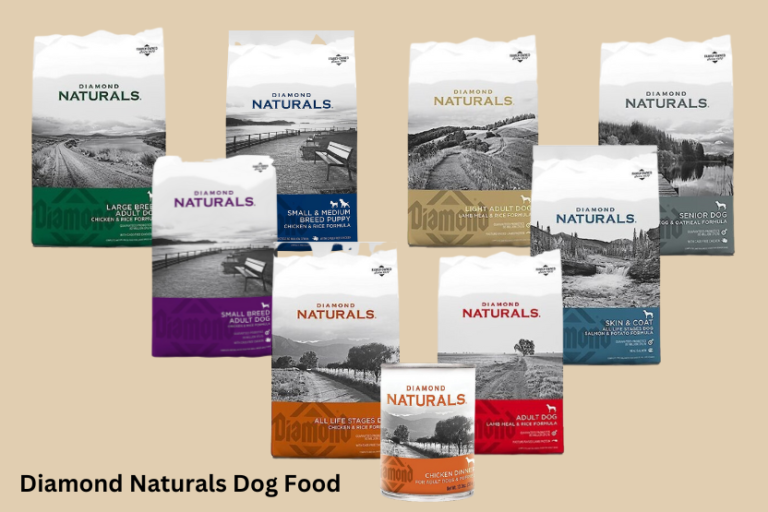
Introduction to Facts About Labbusk Food in Germany
Germany is a country renowned for its rich culinary heritage, and one delightful aspect often overlooked is Labbusk food. This unique cuisine blends tradition with regional flavors, offering an array of dishes that tell stories of culture and history. As you explore the vibrant world of Labbusk, you’ll find yourself captivated by its comforting ingredients and heartwarming recipes. In this post, we’ll dive into fascinating facts about Labbusk food in Germany: from its intriguing past to tantalizing dishes that will have your taste buds dancing. Whether you’re a seasoned foodie or new to German cuisine, there’s something here for everyone!
History of Labbusk food and its cultural significance
Labbusk food has deep roots in German culinary traditions. Originating from rural communities, it was a practical way to utilize local ingredients and preserve them for the colder months. Farmers’ ingenuity turned simple staples into satisfying meals.
This cuisine reflects Germany’s agricultural history, where every region contributed its unique flavors. Labbusk dishes often feature seasonal produce and emphasize sustainability.
Culturally, Labbusk food represents community and togetherness. Families would gather to enjoy hearty meals after long days of labor, strengthening bonds and sharing stories over tables laden with traditional fare.
Festivals celebrating harvests also play a crucial role in promoting this cuisine. During these events, locals showcase their beloved recipes while passing down knowledge through generations. Such gatherings highlight the importance of preserving cultural heritage through food.
In essence, Labbusk is more than just sustenance; it embodies identity and continuity within German culture.
Traditional ingredients used in Labbusk dishes
Labbusk dishes showcase a delightful array of traditional ingredients. At the heart of these recipes is rye, a grain that adds rich flavors and hearty textures. It’s often used to create dense breads, perfect for pairing with various toppings.
Root vegetables like potatoes and carrots play a crucial role as well. They bring earthiness and balance to many meals. These ingredients are typically locally sourced, ensuring freshness in every bite.
Another staple is smoked meats, which lend an intense flavor profile to Labbusk cuisine. Whether it’s sausage or bacon, the smokiness elevates even simple dishes.
Herbs such as dill and caraway seeds enhance the overall taste experience. Their aromatic qualities breathe life into each creation while connecting diners to regional traditions.
Fermented foods like sauerkraut add tangy notes, making them essential companions on any Labbusk plate. Each ingredient tells a story rooted deep in Germany’s culinary heritage.
Popular Labbusk dishes and their recipes
Labbusk is a delightful culinary tradition in Germany, boasting unique dishes that tantalize the taste buds. One popular creation is Labbuskteller, a hearty platter featuring slow-cooked meats paired with seasonal vegetables. It’s often served with rich gravy and fresh bread.
Another favorite is Labbuhtorte, an indulgent layered cake made from spiced fruit and creamy filling. The balance of flavors makes it a perfect dessert for any occasion.
For those who enjoy something lighter, Labbusk salad combines fresh greens with nuts and tangy dressing—the ideal accompaniment to heavier meals.
Each dish reflects regional preferences while maintaining traditional cooking methods. Local chefs often add personal touches or family secrets to recipes passed down through generations. This blend of history and innovation keeps Labbusk cuisine vibrant and ever-evolving.
Regional variations of Labbusk food
Labbusk food showcases a fascinating array of regional variations across Germany. Each area brings its own flair to this beloved cuisine, making it rich and diverse.
In Bavaria, for example, you might find heartier dishes that incorporate local meats like pork and beef. The Bavarian twist often includes spices unique to the region, lending a distinct flavor profile.
Traveling northward to Hamburg, seafood becomes prominent in Labbusk preparations. Fresh fish and shellfish are staples here, reflecting the city’s maritime heritage.
The eastern regions embrace earthy elements such as root vegetables and mushrooms. These ingredients create robust flavors that tell stories of agricultural traditions.
Even within cities like Berlin, you’ll discover unique interpretations based on cultural influences from around the world. This melting pot environment continually evolves Labbusk food into something new yet familiar at every turn.
Modern twists on traditional Labbusk cuisine
Modern twists on traditional Labbusk cuisine have emerged as chefs explore innovative cooking techniques and fusion flavors. Many are experimenting with plant-based ingredients, creating vegan versions of classic dishes that retain their essence while catering to contemporary dietary preferences.
Another popular trend is the incorporation of international spices and herbs. This not only enhances the flavor profiles but also reflects a more diverse culinary landscape in Germany. Dishes once rooted solely in tradition now boast hints of Asian or Mediterranean influences, giving diners an exciting experience.
Additionally, presentation has become key. Traditional Labbusk food is often served rustic-style; however, modern interpretations focus on aesthetics—think vibrant garnishes and artistic plating that make each dish visually appealing.
This evolution keeps Labbusk cuisine relevant while honoring its rich heritage. Diners today find joy in tasting familiar flavors presented through a new lens, making every meal a delightful adventure.
Tips for enjoying the full experience of Labbusk food in Germany
To fully embrace Labbusk food in Germany, start with the atmosphere. Seek out traditional taverns or family-owned eateries where recipes have been passed down through generations.
Engage with locals; their stories often add depth to your culinary experience. Don’t hesitate to ask about the origins of specific dishes—their passion is infectious.
Pair your meal with regional beverages like local beers or wines. These enhance flavors and connect you further to the culture.
Attend seasonal festivals if possible. They showcase authentic Labbusk cuisine, allowing you to taste a variety of dishes while soaking up community spirit.
Take your time savoring each bite. Labbusk food isn’t just about sustenance; it’s an experience meant to be enjoyed slowly and thoughtfully.
Conclusion: Top Facts About Labbusk Food in Germany
Labbusk food holds a unique place in German culinary culture. It is more than just a meal; it embodies history, tradition, and community. From its rich origins to the vibrant regional variations found throughout Germany, Labbusk showcases a delightful array of flavors.
Traditional ingredients such as potatoes, meats, and seasonal vegetables are staples that create hearty dishes loved by many. Popular recipes like Labbusk stew or baked potato dumplings reflect both simplicity and depth of flavor.
Regional nuances add an exciting twist to this cuisine. Each area boasts its own specialties that highlight local produce and cooking techniques. This diversity enriches the experience for anyone eager to explore authentic Labbusk food.
Modern chefs are also reimagining these classic meals with contemporary influences while maintaining their essence. The fusion of traditional methods with new ideas keeps the spirit of Labbusk alive for future generations.
To truly savor Labbusk, consider dining at family-run restaurants where recipes have been passed down through generations. Engage with locals who can share stories behind each dish—this will enhance your understanding and enjoyment immensely.
Understanding these top facts about labbusk food in Germany not only deepens appreciation but also invites everyone to partake in this cherished culinary journey.






